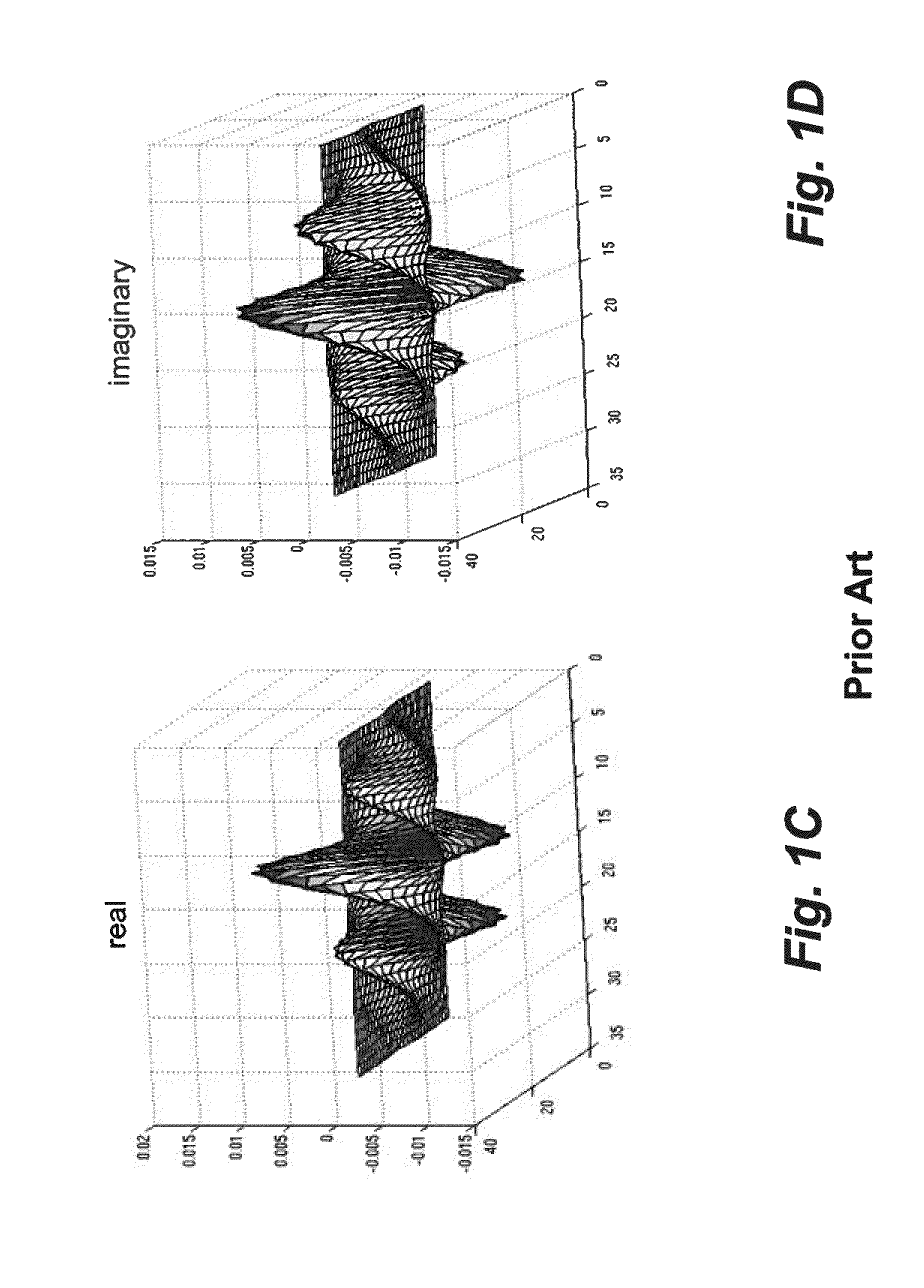Method for Filtering Using Block-Gabor Filters for Determining Descriptors for Images
a filter and image technology, applied in the field of digital filters, can solve the problems of slow determination of the lgbphs method using conventional gabor filters and large amount of memory, and achieve the effect of efficient determination of the block-gabor filtered imag
- Summary
- Abstract
- Description
- Claims
- Application Information
AI Technical Summary
Benefits of technology
Problems solved by technology
Method used
Image
Examples
Embodiment Construction
[0022]The embodiments of the invention are based on our realization that we can determine a descriptor of an image that achieves an accuracy equal to the best methods known in the art, in about 1 / 100th the amount of time. The descriptor is deter using a block-Gabor filter.
[0023]The block-Gabor filter is an approximation of a conventional Gabor filter. The Gabor filter is partitioned into a set of blocks, wherein the blocks are pixelated rectangles. Identical filter values are assigned to the pixels of any particular block based on the Gabor filter to generate the block-Gabor filter that approximates the Gabor filter.
[0024]A pixelated rectangle is an approximation to a rectangle using pixels from an underlying grid. If the underlying grid is aligned with the axes of the rectangle, then the approximation is exact and the pixelated rectangle is simply a rectangular block of pixels. If the underlying grid is not aligned with the axes of the rectangle, then each of the four boundaries of...
PUM
 Login to View More
Login to View More Abstract
Description
Claims
Application Information
 Login to View More
Login to View More - R&D
- Intellectual Property
- Life Sciences
- Materials
- Tech Scout
- Unparalleled Data Quality
- Higher Quality Content
- 60% Fewer Hallucinations
Browse by: Latest US Patents, China's latest patents, Technical Efficacy Thesaurus, Application Domain, Technology Topic, Popular Technical Reports.
© 2025 PatSnap. All rights reserved.Legal|Privacy policy|Modern Slavery Act Transparency Statement|Sitemap|About US| Contact US: help@patsnap.com



